From Desert Blooms to Mesa Views: A Rainy Adventure Camping at Mesa Verde National Park | Learning & Living - Part 2
- Nikki Emord
- Jul 29
- 6 min read
With the Four Corners in our rearview mirror, and our stomachs full of frybread and taco fixings, we made our way north and out of New Mexico. As the signage at the state line promised, we soon entered "colorful Colorado," and the landscape wasted no time delivering on that vibrant declaration. The change was almost instantaneous, and even with the slightly overcast skies and occasional sprinkling of rain, the shades of green stretching to the surrounding horizon held dramatic contrasts to the blues and grays of the skyline.
Ascending up Mesa Top Ruins Road we made our way to our first national park of the trip: Mesa Verde. While the allure of the cliff dwellings and remnants of ancient civilizations is undeniable, and one that would be thoroughly explored on this visit, for our first evening in the park we were immersing ourselves in the park’s lush green landscape that extended as far as the eyes could see. What is interesting about the area is that despite being called Mesa Verde, or green table, geologically speaking, the area is not actually a mesa but rather a cuesta, which means it is tilted rather than flat. In fact, Mesa Verde tilts at a 7% grade to the south which allows for warmer conditions and better soils for successful crop growth.

For those interested in camping at Mesa Verde National Park, the park offers a unique blend of natural beauty and historical exploration. Nestled four miles from the park entrance and amidst rolling grassy cliffs of a canyon filled with Gambel oak, juniper pines and native flowers, Morefield Campground would serve as our basecamp for the next two nights. As the park’s established campground, it offered a blend of modern amenities (actual bathrooms, yes please!) and natural solitude. The campground, though reservable, allows for campsite selection when you arrive and we appeared to be in luck with a half-full campground loop that provided sites with minimal neighbors.
As though camping itself isn't enough of an adventure to meet my outdoor fix, over the past year I’ve started leaning into the idea of giving backpacking a try. And while this campground and this trip in general would not include any backpacking, it did provide the perfect opportunity to test out our brand-new Nemo Dagger Osmo backpacking tent in a relatively controlled environment before taking it to any backcountry wilderness.
Having arrived at the campground in the 6 o’clock hour, it was time to enjoy dinner with the remaining couple hours of daylight. (One benefit of camping in the summer in the mountain time zone is the extended daylight hours which provide perfect camping accommodations.) There's something inherently satisfying about settling into a new campground with nowhere to be and nothing on the to do list. Since our first night at camp was merely for settling in and relaxing after a full day of driving, the dinner menu for the evening included a campsite-worthy fancy feast: charcuterie selections, red wine and a side of pure bliss.

With our tent successfully setup, gear organized, and dinner complete, we took a leisurely stroll around the campground to get acquainted with our temporary home before driving to the campground amphitheater for a Wednesday special: the Mesa Verde Night Sky program with a 30-minute ranger talk followed by telescope viewing (cloud cover and weather permitting).
In the time leading up to the start of the ranger led talk, the clouds grew thicker overhead, slowly but surely removing the chance of stargazing from the itinerary. But for the next hour we watched visitors gather on the benches all with a common love for learning and exploring. The ranger talk covered the historical fascination with the cosmos and constellations and explained the importance of dark skies and how Mesa Verde National Park was designated the world's 100th International Dark Sky Park in 2021. A highlight of the discussion was the mention of my favorite star cluster, Pleiades, a set of stars I always refer to as shimmering question mark in the sky. The ranger also shared Native American stories about the stars, which have been published in books. One fun story in particular was that of a Coyote who steals a blanket from the Navajo Fire God, an act that ultimately created the Milky Way. You can buy the book and others, here.
Back at the campground and now thoroughly exhausted, we called it a night. The sky, however, awakened with pouring rain. One thing I am continuously relearning this year is this: a 30 percent chance of rain in Las Vegas is very different than a 30 percent chance of rain anywhere else. While a 30 or even 50 percent chance of rain in Las Vegas can mean you'll likely not see a drop of water, it means consistent downpour everywhere else. While we had anticipated a 30 percent chance of rain and light drizzle for the first night, what we actually got was an orchestral performance of rain and distant thunder throughout the night and into the next morning. As the first night of returning to camping in a tent on the ground, versus in our iKamper, one thing was for sure…this would provide a full test of our new gear.
In the morning, thanks to our gear, we woke up dry and warm. Unzipping the tent to begin our day, I was met with a scene that was both comical and a little unnerving: a one-inch pool of muddy water filling our tent pad. Needless to say, the tent passed the rain and mud test.
With rain still coming down and showing no indication that it would be stopping anytime soon, we deviated from our initial plans for a campsite breakfast. Instead, we packed up our hiking gear for the day and headed to the Knife Edge Cafe at Morefield Village for a warm breakfast in a dry location. The rain persisted through the long breakfast of breakfast burritos and all-you-can-eat pancakes and as a result we decided to take a slower approach to the day. Instead of heading out to the trails, we backtracked to the park entrance to explore the park’s visitor and research center, which is hands down the most beautifully designed national park visitor center I have seen to date.

It was here, amidst meticulously curated exhibits, that we began learning the rich history of Mesa Verde and build even more appreciation for what the park had to offer.
The early cultures that lived in Mesa Verde thrived between A.D. 750 to the late A.D. 1,200s. Historically, archeologists referred to these first people as the Anasazi (from a Navajo word translated as “the ancient ones”). Today these people are called the Ancestral Pueblo people. To preserve the archeological sites and history of the Ancestral Pueblo people, Mesa Verde National Park was officially established as a public park in 1906.
While they relied on a variety of crops such as beans and squash, as well hunting and gathering food from the natural environment to survive, it was the growth and production of maize or corn that contributed to their sustainable diet and became a central focus of food, social organization and ideology.
One of the most interesting things about the history of the Ancestral Pueblo people is that there is no known definitive reason for why they left the region. It’s assumed that their relocation was due to a combination of environmental needs, conflict, population pressure and dwindling resources. The oral histories of modern descendants share that the people were simply on a continual journey and whose time in Mesa Verde had come to move on to the next location. Regardless of the reason, what is known is that left their incredibly constructed civilizations behind and migrated south into areas of New Mexico and Arizona where their cultural practices are still reflected today.
The exhibits covered a variety of topics including the hunting tools in use in A.D. 700; bone tools made from turkey, deer, and other animals that were used for scraping and sewing; the explanation of grinding stones which were used for corn, seeds, and berries to prepare medicines, pigments, and to shape jewelry; the languages of the surrounding tribes of the area; and the changes in landscape and lifestyles that took place over 750 years.
While everything in the exhibit was fascinating, by far the most impressive portion of the exhibit was the collection of archeological finds digitally cataloged and visible in rows inside the research lab. Everything from pottery, baskets, rattles, pendants and more were on full display behind glass, giving a glimpse of the civilization that once roamed the region.
With the rain easing, we headed into the park to explore the Wetherill Mesa portion of the park, home to the iconic Step House, Long House, and the Badger House Community. This was our chance to move from the exhibits into the very places these ancient people called home.
The remainder of our day, including the incredible sights we encountered on Wetherill Mesa and the enjoyable deer-sighting evening that followed back at our campground, deserve a chapter all their own. Stay tuned for my next blog post of my “Learning and Living” series that delves deeper into these ancient wonders and shares more camping tales.


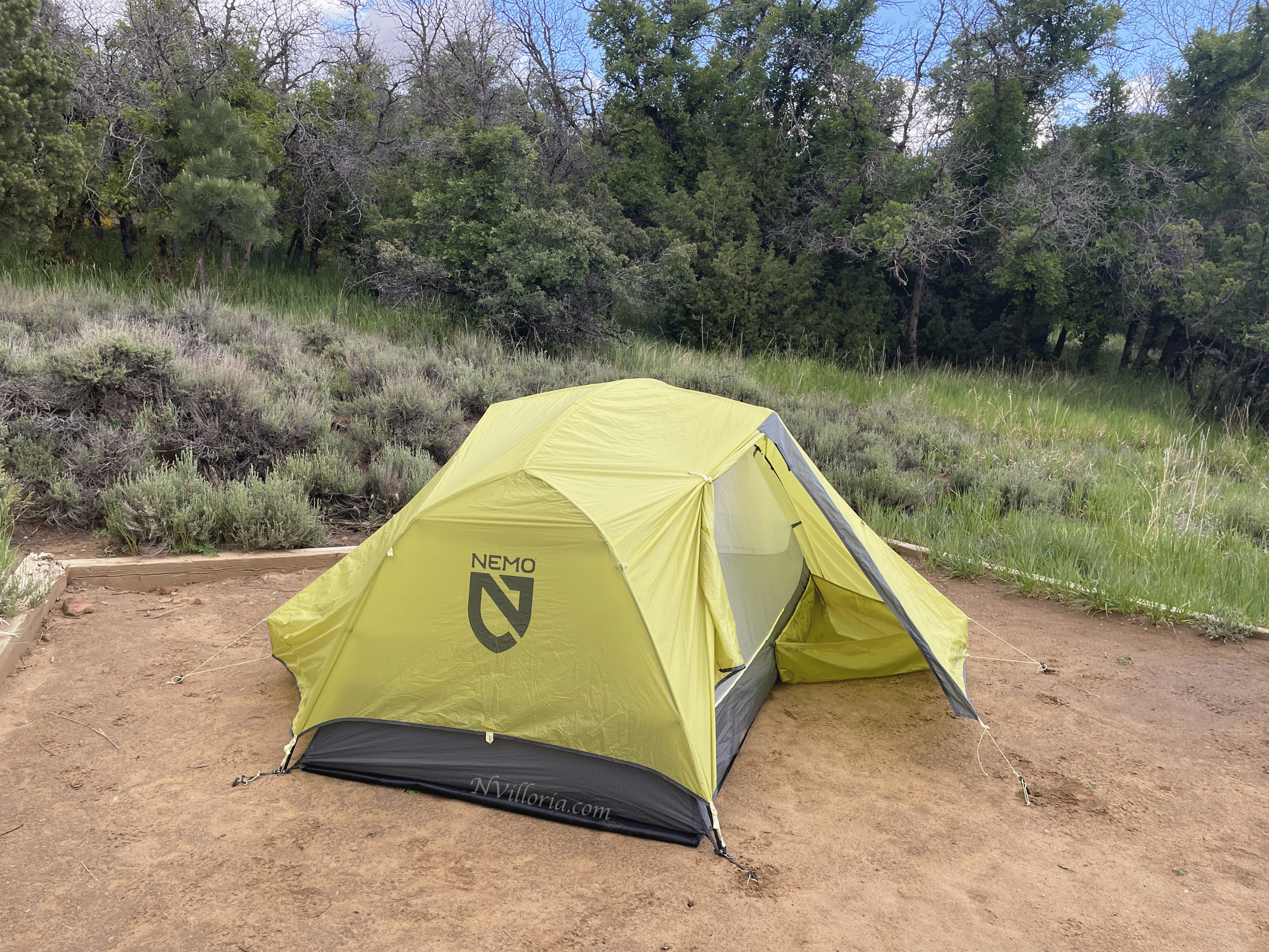

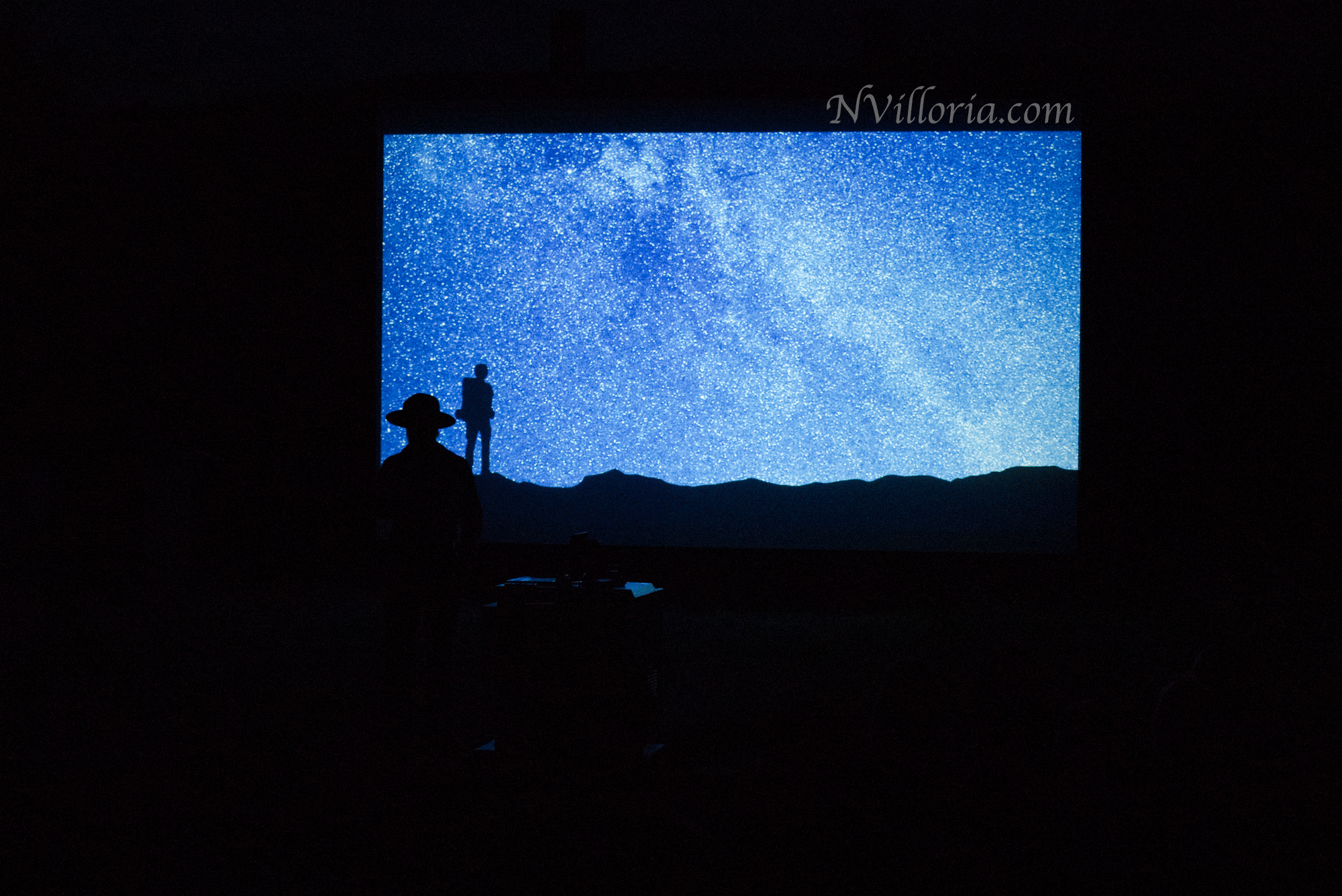
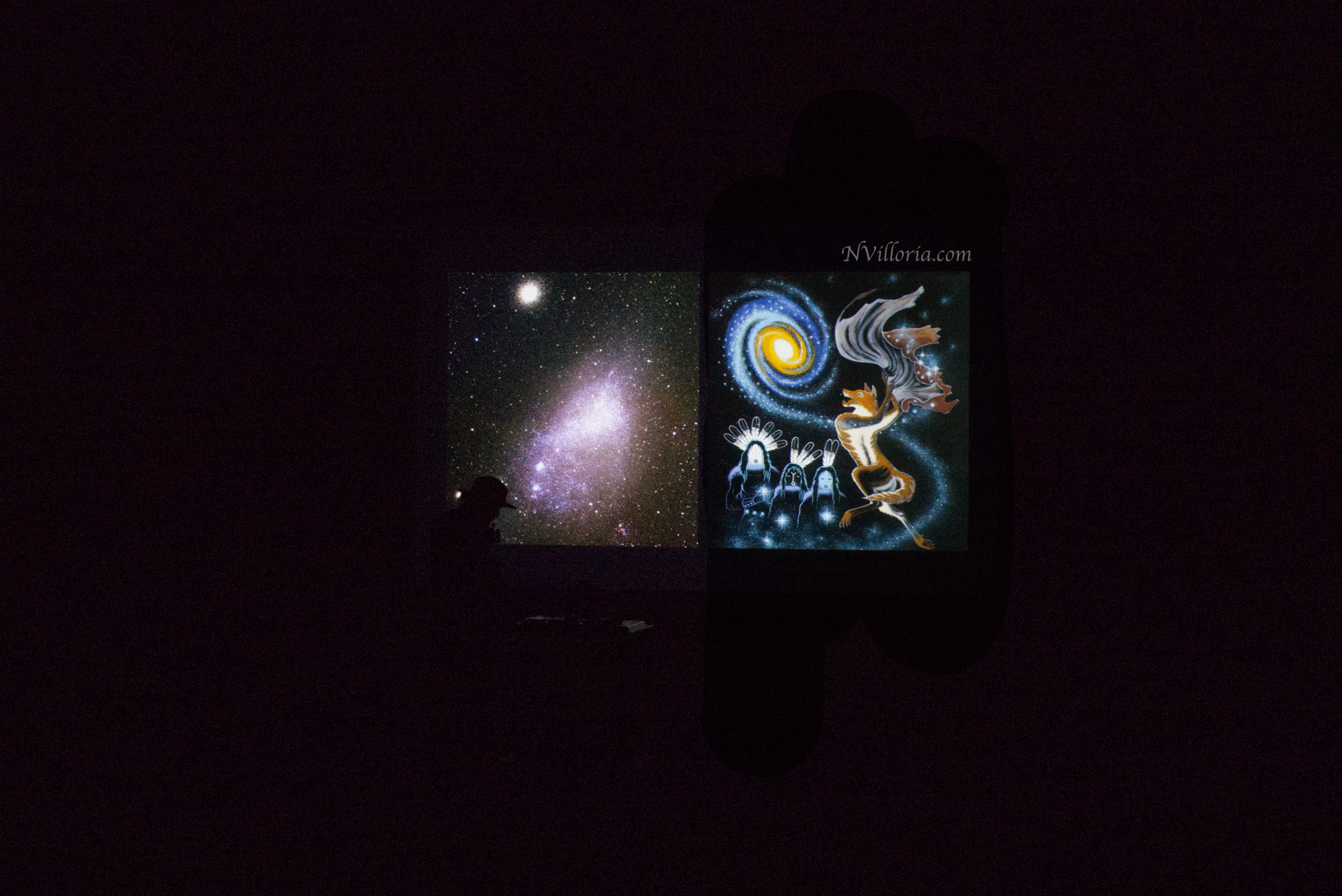
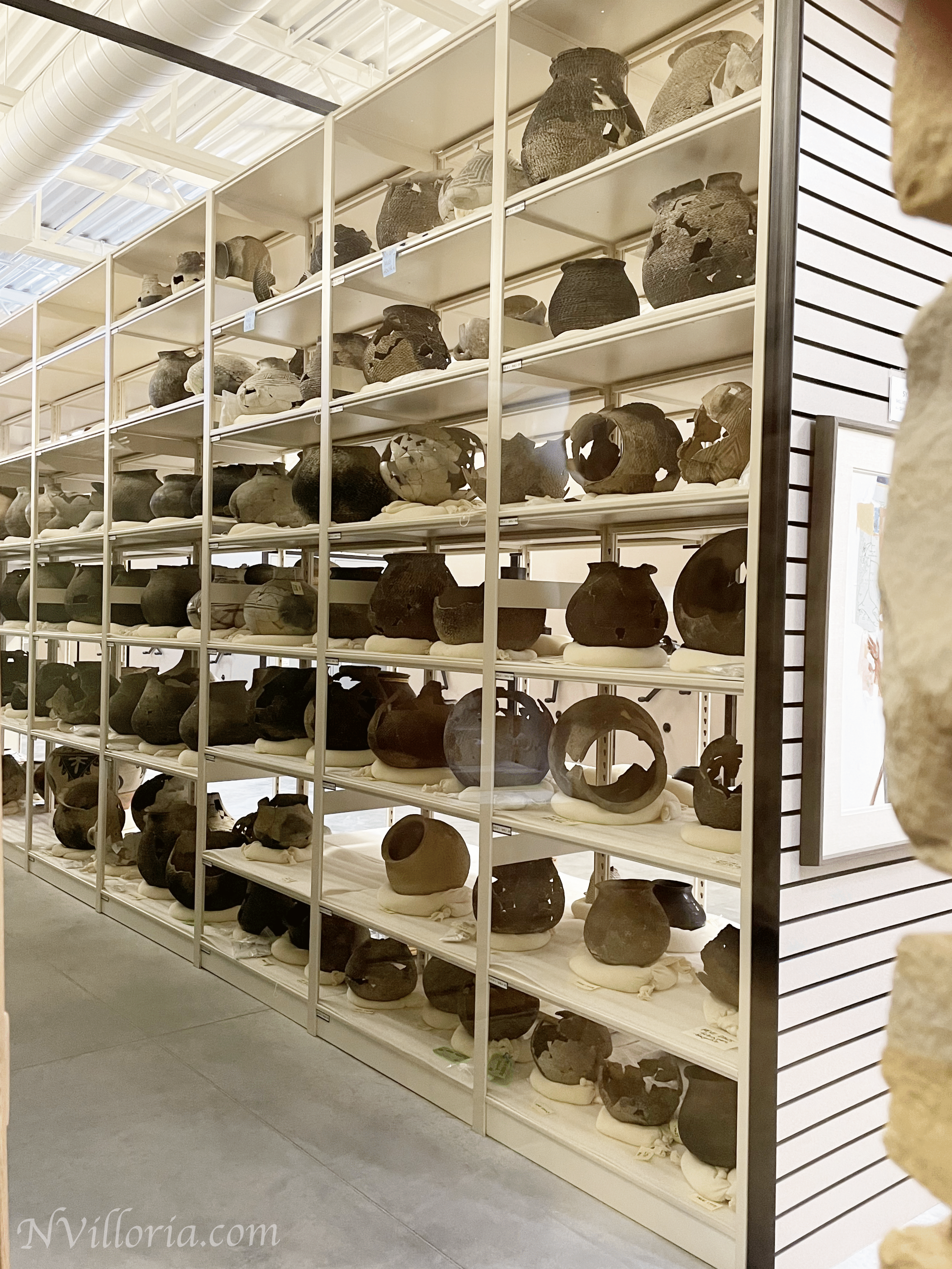
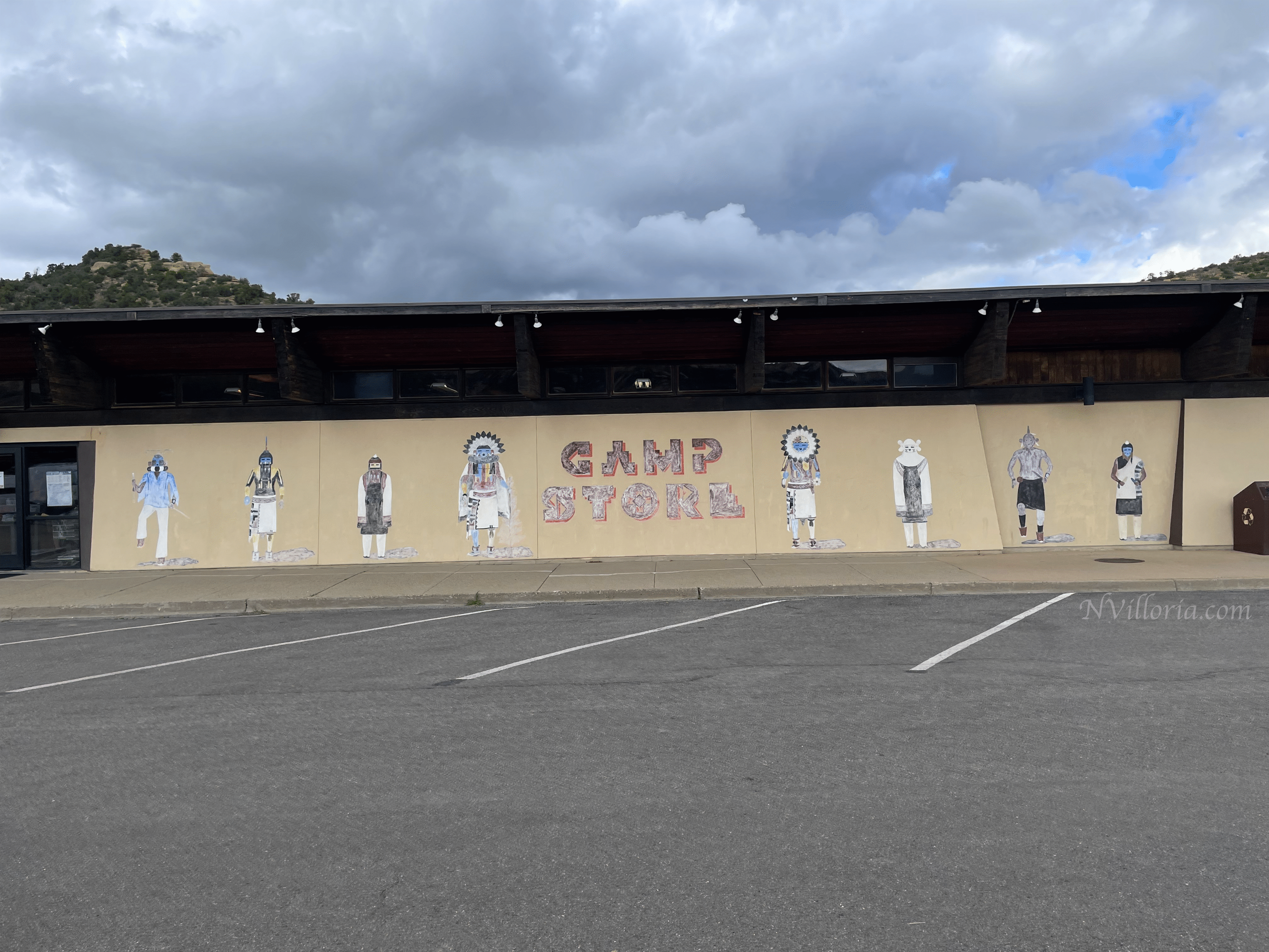

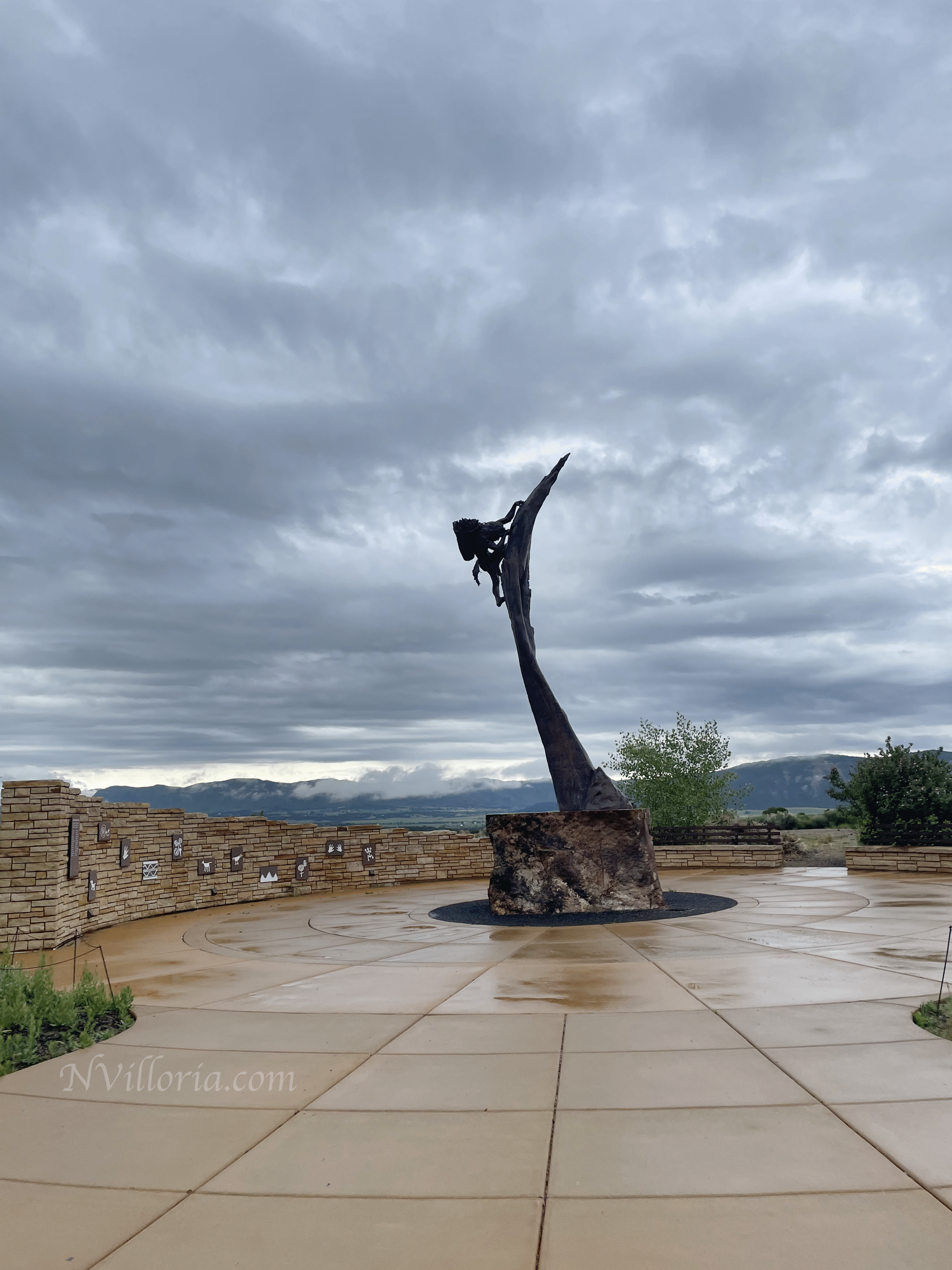

Comments